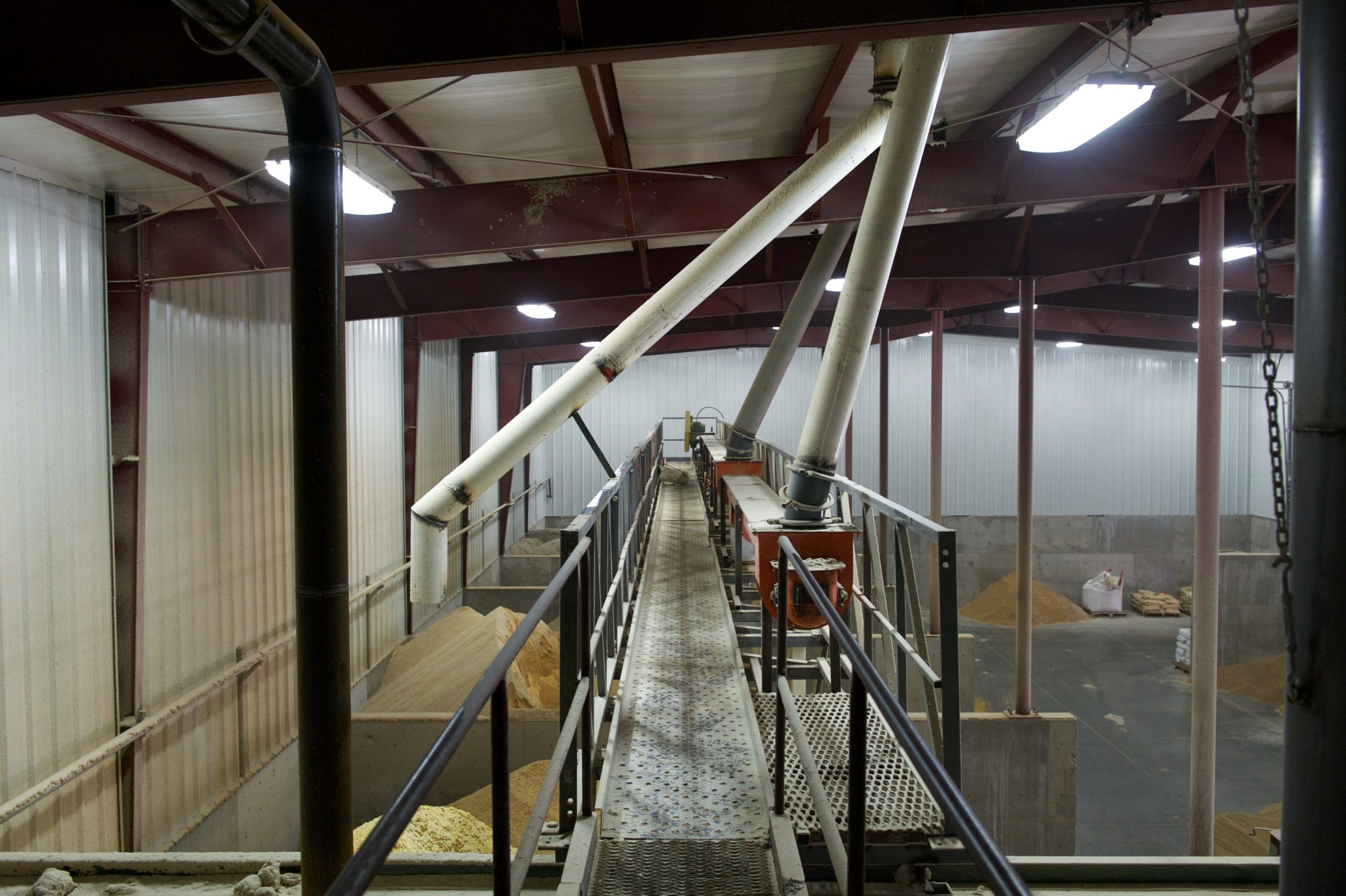When running a feed mill, you need to use caution when running certain ingredients and medications through your facility. Each product or recipe comes with its own medicinal properties. If you deviate from the recommended sequence, you could pass harmful ingredients and drugs onto some of your livestock.
Feed mixing sequencing is about improving the traceability of your feed. Adhering to a regular sequence will help you reduce the chances of cross-contamination, so you don’t have to worry about unintentionally harming your animals or contaminating your feed. Learn more about the sequencing process and how it can improve feed traceability.
What Is Sequencing and Why Is It Important?
Sequencing is defined as a means to prevent contamination in the production, storage, and distribution of your feed. Some of your recipes and ingredients may contain drugs that could harm your animals. Sequencing the production process will help you minimize the chances of error, so all your feed is safe for consumption. Even if the inside of your equipment appears clean, the production process can leave behind traces and residue of other drugs and ingredients that may harm your livestock.
Animal feed generally falls into two categories: Category I and Category II drugs. Category I drugs do not require a withdrawal period, while Category II drugs do. You need to use caution when using Category II drugs as they may harm some of your animals if they are not meant to consume these ingredients.
If you sequence your products and recipes correctly, you won’t have to spend as much time and money on feed traceability. If some of your feed fails inspection or becomes contaminated, you can easily trace the origins of the feed until you find out what went wrong. This will help you improve the quality assurance process, so you can send off your feed with more peace of mind.
Tips for Sequencing the Mixing Process
You should sequence your feeds based on their toxicity to other animals. Generally, the least toxic feeds should be produced first while the most toxic feeds should go last. The entire machine will need to be cleaned after the most toxic batch. If you start with the most toxic ingredients, you will need to clean the machine before moving on to other recipes, which can delay the production process.
It’s best to classify your feeds and ingredients based on their toxicity to better sequence the production process. Label your storage and distribution equipment to limit the chances of cross-contamination.
With proper sequencing, you should only have to clean your equipment once a day, which will help you maximize efficiency. Look for feed mixers that are easy to clean to limit the chances of cross-contamination. If some areas are hard to reach, your team may have trouble decontaminating the equipment before running a new batch.
The Buhler Speedmixer comes with a built-in door, so you and your team can walk into the machine and clean out the interior. This makes it easy to disinfect your equipment, leaving little room for error. You can never be too careful when it comes to the health and safety of your animals. Contact Halverson Company today to learn more about sequencing as it relates to feed mill construction.

